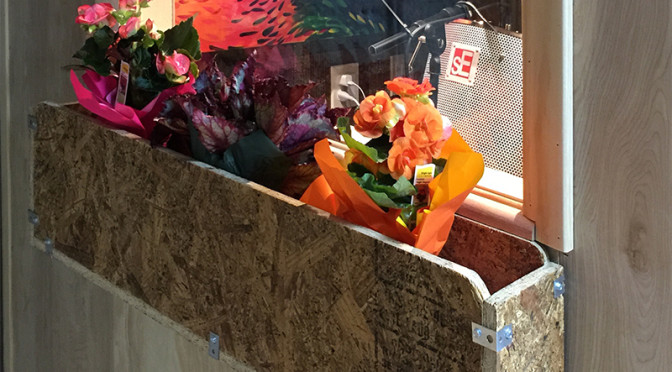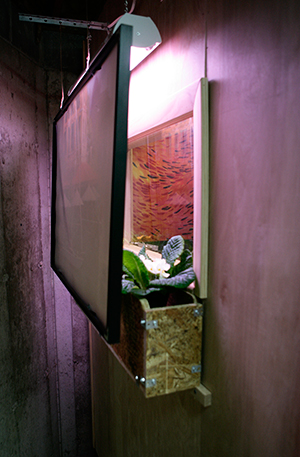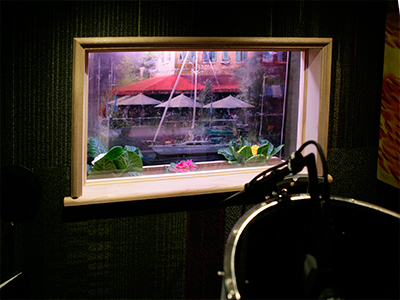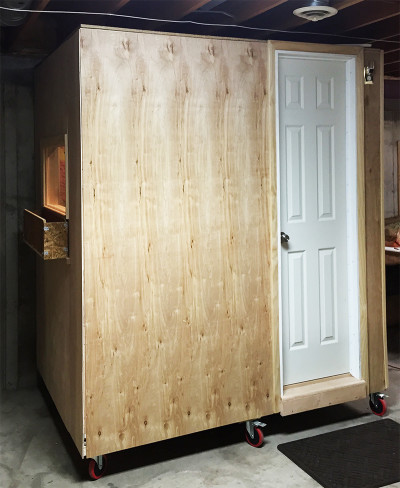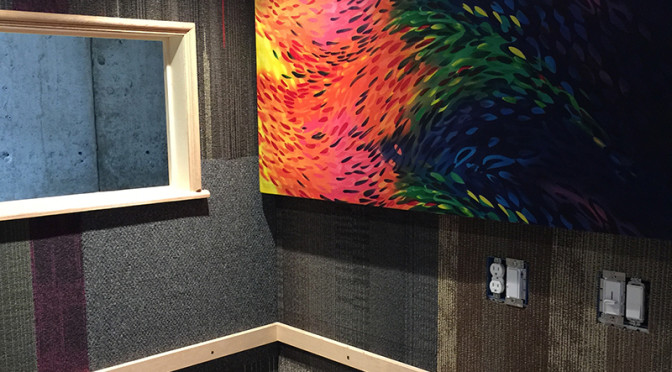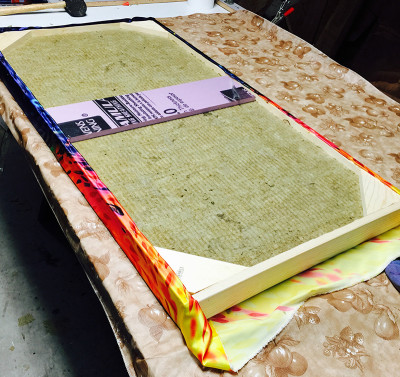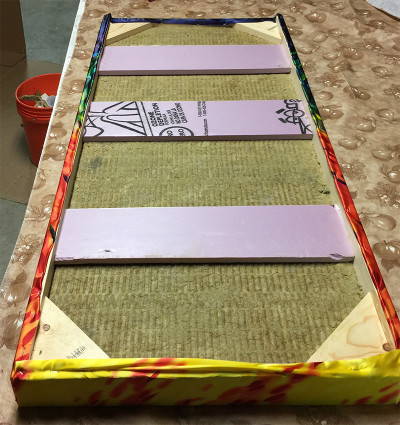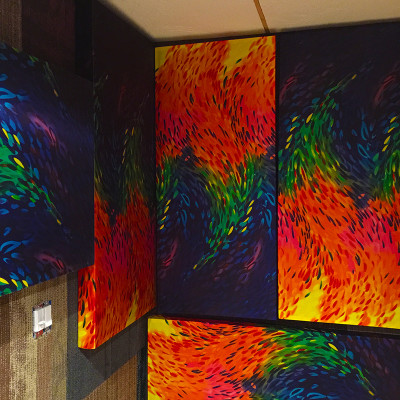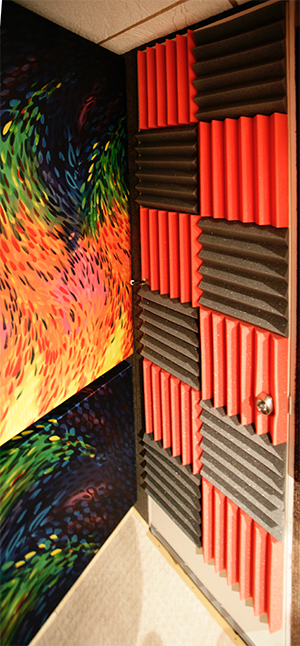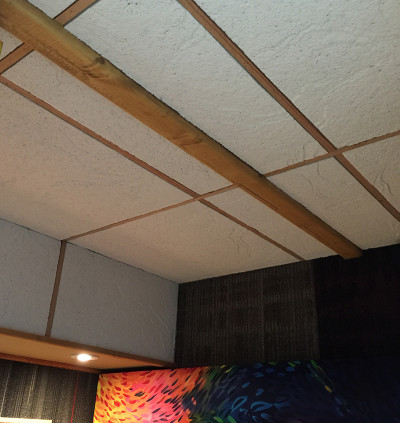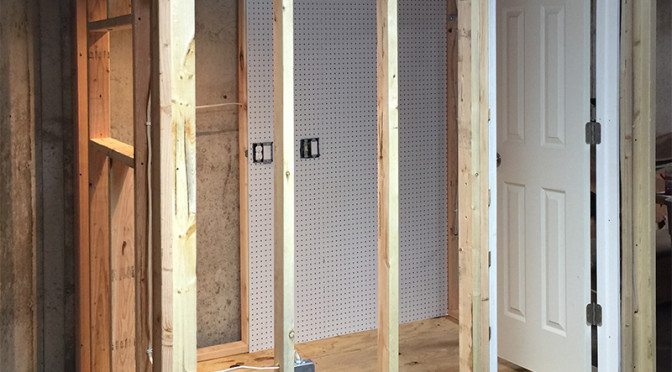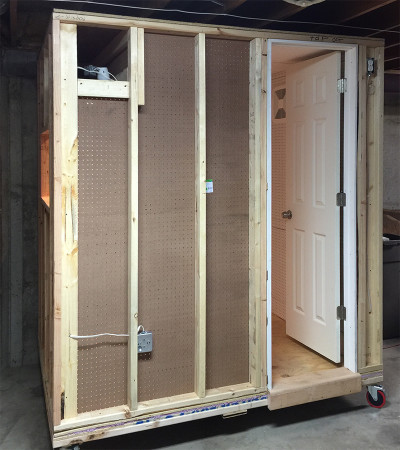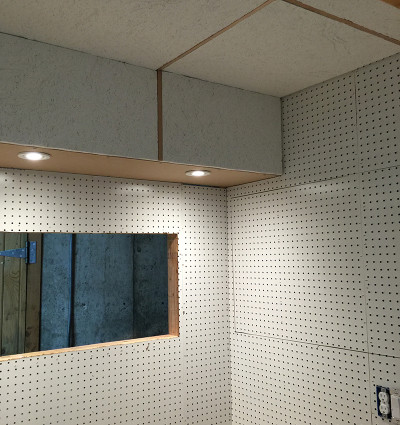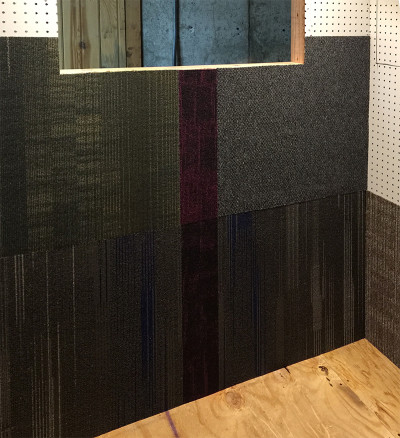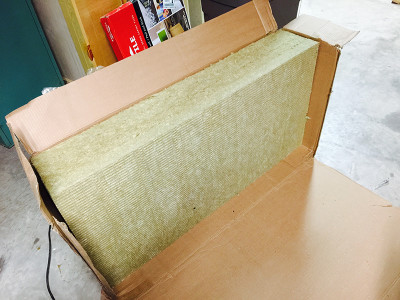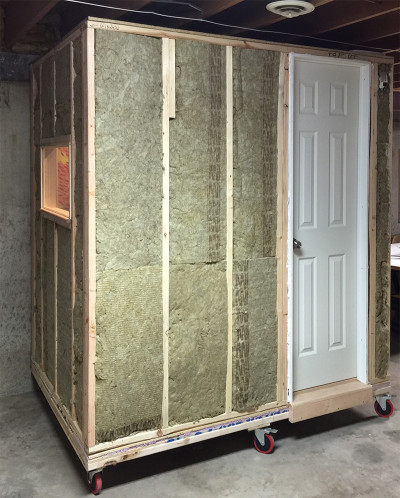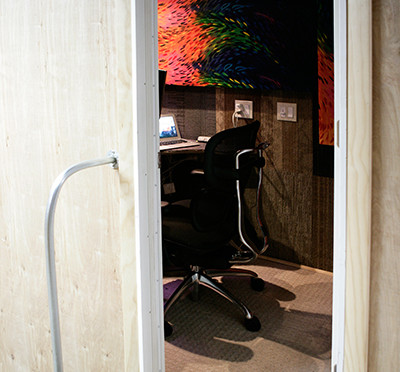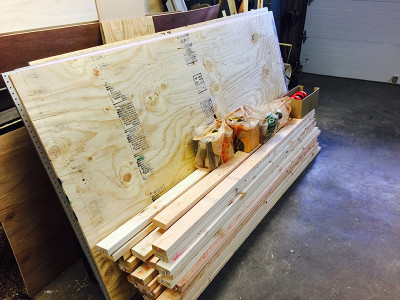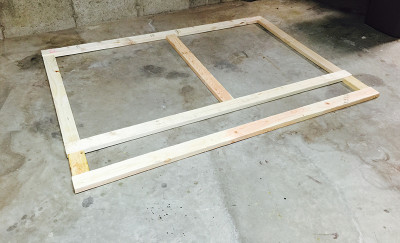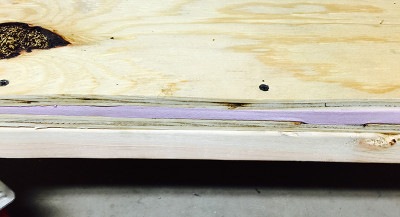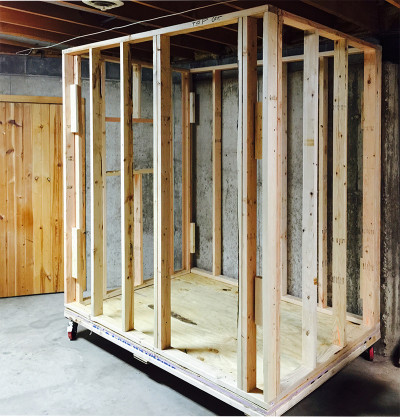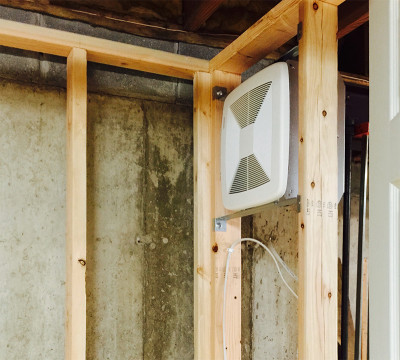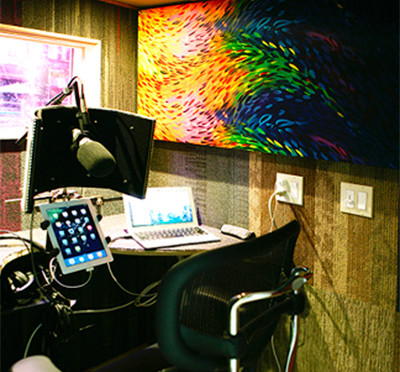Building your own sound booth is possible. I make that statement after recently creating one. My goals were to have a convenient, high quality and attractive booth for narration of my novels. Other uses have happily emerged, such as recording a singer’s voice over a provided melody, to be modified later in a digital audio workstation where additional tracks are created and modified. It turns out that this little studio is nearly perfect for both tasks. In this multi-part blog, we will focus on the narration.
A narrator will spend many hours in the booth you create. I have seen, as I’m sure you also have, the use of closet space, complete with hanging clothes to deaden sound. Or the opposite: a full room of foam, walls and ceiling, where no reflected sound is possible. Between those two extremes seems to be an area of compromise where a quality sound can be recorded in a pleasant and suitably sized package.
Mood is important…and happiness is reflected in a recording booth the same as sound waves. Where possible, we need to make the narrator (or singer) feel surrounded by the energy of comfort, visually and otherwise. It will surely pay dividends in what is laid down on the track.
My situation might be somewhat unique in that I chose to build a moveable booth in a corner of a semi-industrial facility. My booth can be moved accordingly, if necessary. However, there was no compromise in making it both attractive and remarkably dead to outside sounds, as long as no active work was taking place outside of the booth at the time of recording.
This little booth has good ventilation, good lighting and a little trick of my own design to make it seem that the narrator is someplace other than a concrete walled enclosure.
To start, I dedicated myself to an extensive search of the Internet regarding construction of a sound booth. The results were a vast array of differing opinions and techniques. One concept that I came away with was that the recording studio should not be dead flat. Every echo, every live sound, should not be removed. To do so is both expensive and unnecessary. Aren’t our ears used to hearing some sound along with the human voice? Is it necessary to have the perception that the speaker is someplace in outer space? I say no…and so do others. Therefore, some items in your booth can reflect sound and still the recording will be successful. You can’t, however, avoid controlling unwanted echoes which will bounce around in an unpredictable manner unless you take the necessary steps to absorb those reflections.
I am going to discuss the construction of this booth from the ground up, or at least from the floor up. Following blogs will discuss my selection of recording equipment. There is no unique, perfect solution and many combinations of hardware and software will do as well if not better than the ones I selected. But I must say that my choices work well for me and I am very happy thus far. At some future date I will include a discussion about the DAW (Logic Pro X) I use. I don’t claim to be a sound engineer or even a moderate expert, but I will share what I have learned.
Alexander Francis


